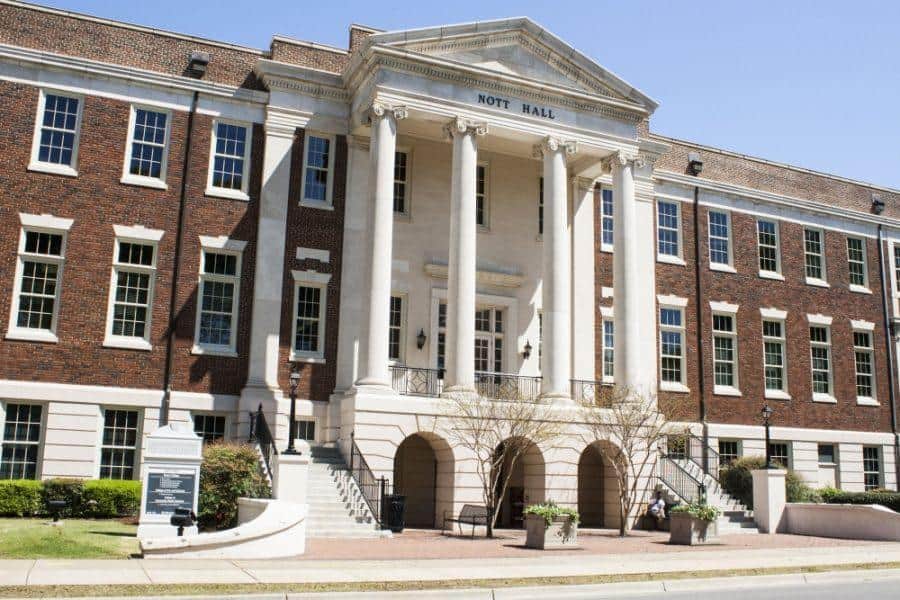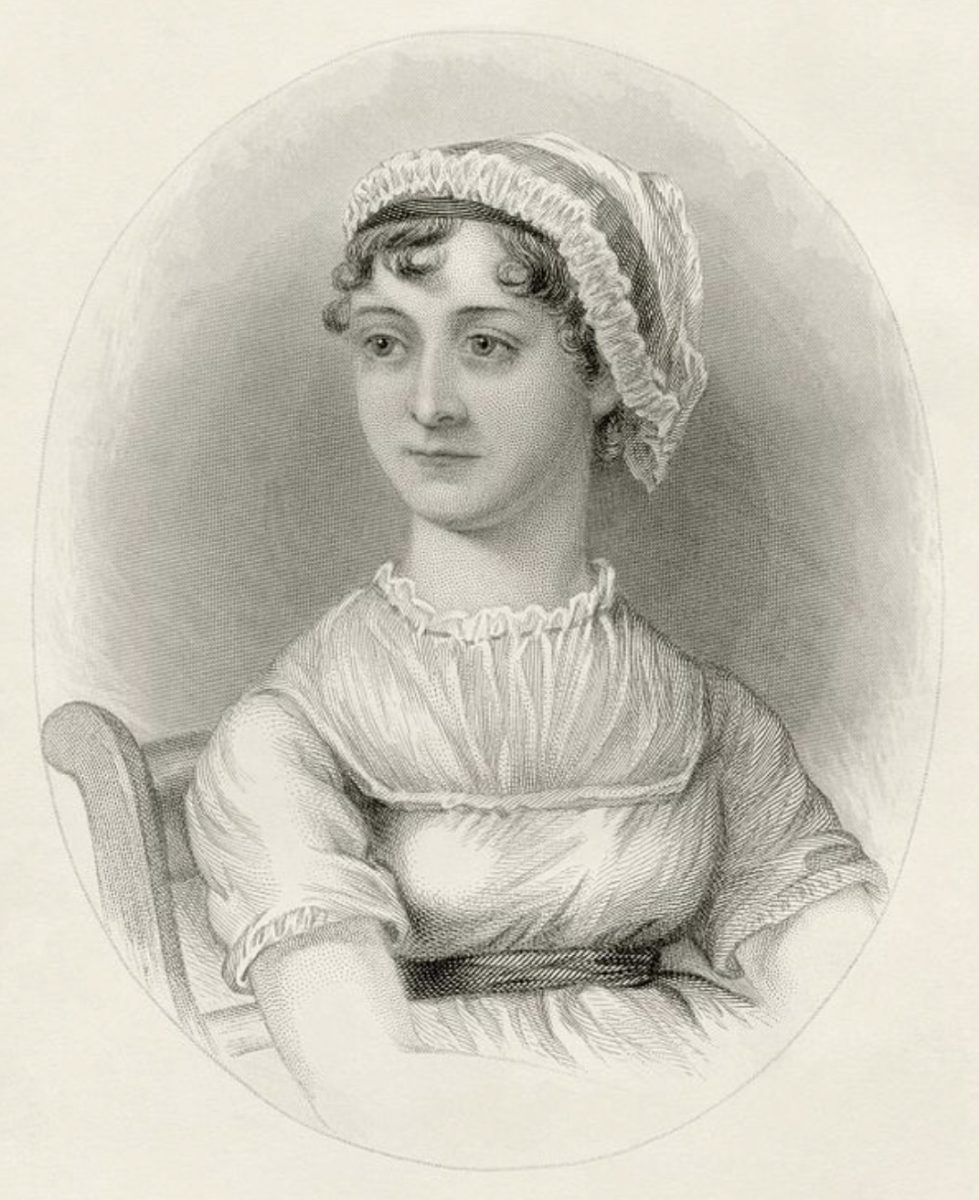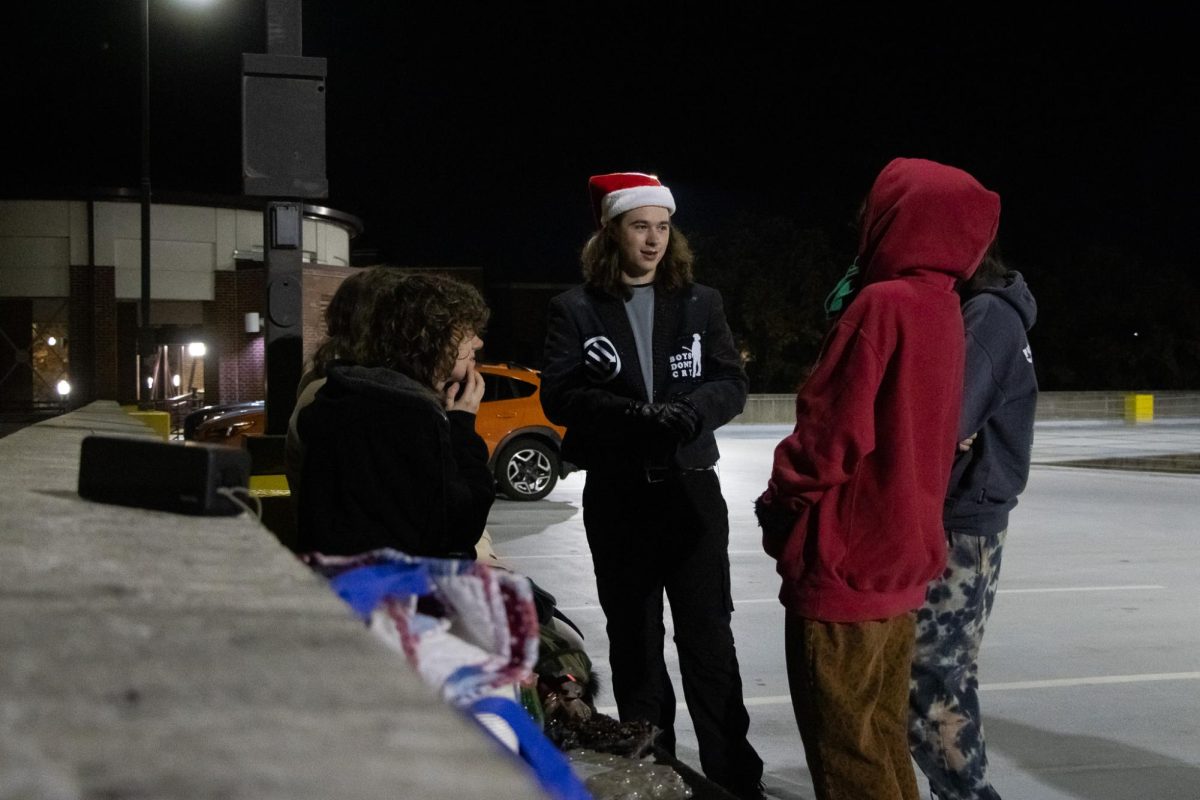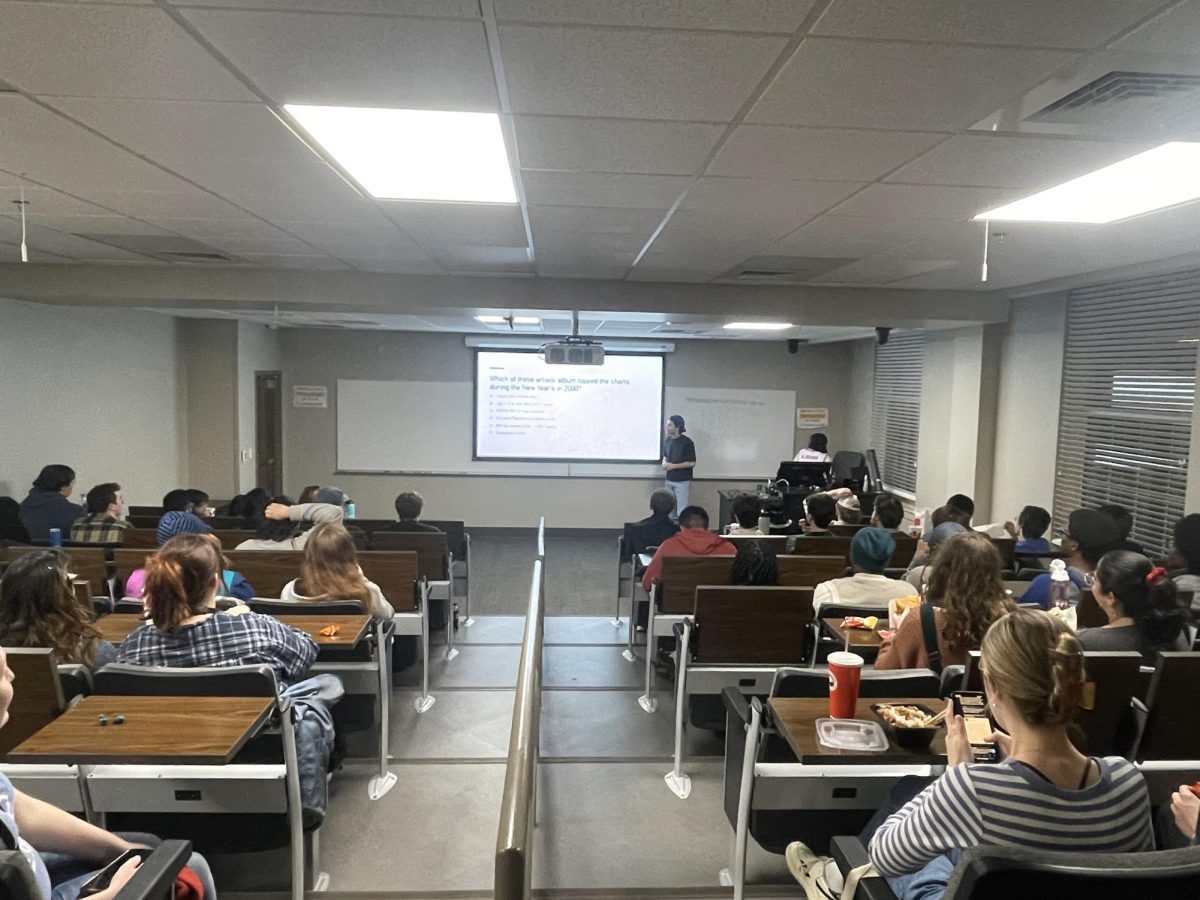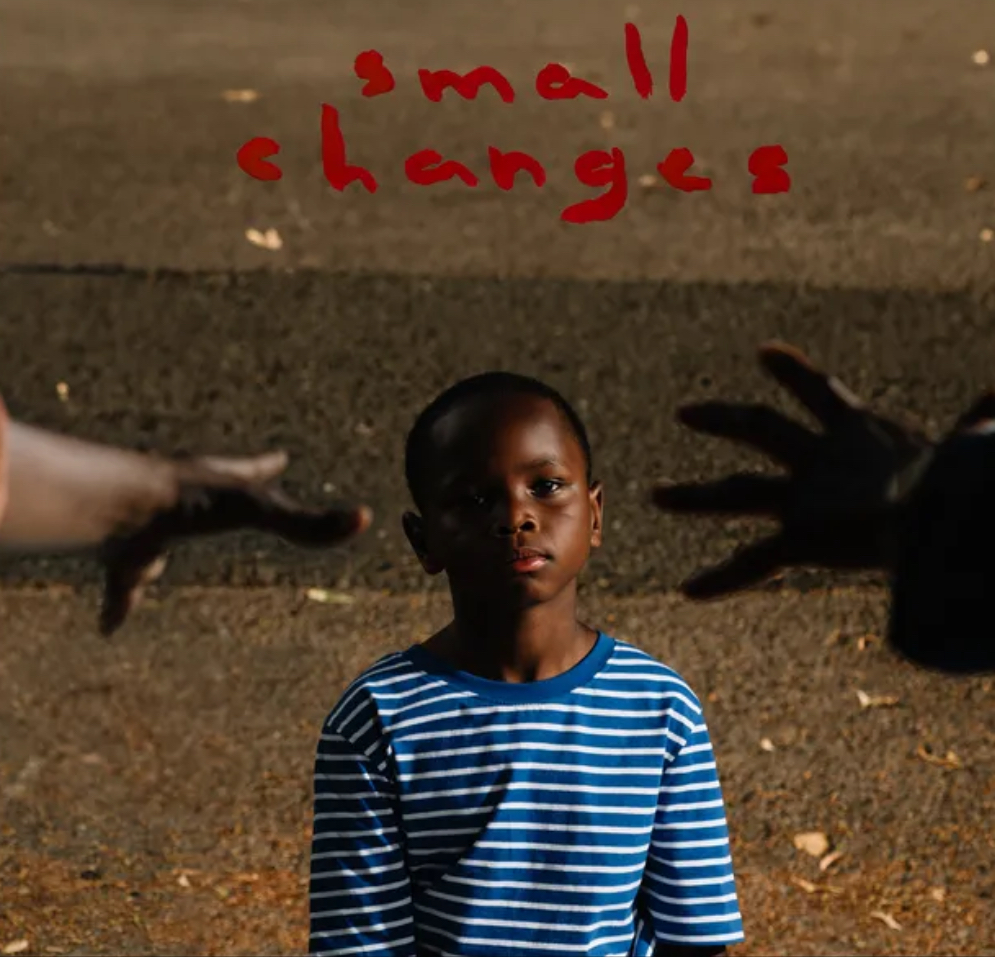By Christina Ausley | Staff Reporter
There are classes at The University of Alabama that allow students to step into the Birmingham Zoo to feed elephants, engage in a new movie one evening each week, and construct a sculpture for a local park. These may seem like recreational or cultural immersions, but you can actually get class credit for them, among other off-kilter classes. With hundreds of courses to choose from, a handful can get lost in the mix, but below are some of the University’s most fascinating courses.
Drugs, Booze and Mexican Society (HY 300)
This course examines Mexico while simultaneously studying the roll of drugs and intoxication throughout society. Taught by professor Steven B. Bunker, students study the human and animal associations with drugs within and beyond the Mexican society.
“We do a boot camp on Mexican history in just six classes,” Bunker said. “Then we look at things like how beer and wine establish different societal hierarchies, and why animals like birds ingest fermented berries before slamming into windows. It’s interesting for both me and the students.”
Improvisation in Life & Work (UH 210)
Students in this course create instruments using household materials and improvise musical vocabulary. Professor Rob Alley challenges students to put their handmade instruments to the test.
“In essence, this course is really just an example of how you can use improvisation in your life,” Alley said. “It helps people be more free and comfortable with themselves, it’s a metaphor for human interaction because really every conversation we have with someone is an improvisation.”
Motion Picture History and Criticism (JCM 112)
One evening each week, students in this course watch and engage in the art of film. Whether it’s a Japanese examination of honor in culture, a French take on the freedom of choice, or a blockbuster thriller, students view films that frame the functions of lighting, editing and music.
“There’s often this misconception that film is a fun thing that just shows up on screen and then we forget about it immediately,” said Alyxandra Vesey, an instructor of the course. “But I think it’s important to ground film in history, because it’s one of the only lasting and enduring inventions of the past. It really helps us as humans to think and dream.”
Reacting to the Past (UH 210)
In this course, students immerse themselves in the past. Run by students but governed by professor Billy Field, students refer to each other by historical character names and bring history into modern society to debate.
“Our class is a series of games, really,” Field said. “The students use the information they’ve learned and use their personal ambitions to argue for their side of the story. I’ve taught it every semester for 10 years, and it never ceases to be some of the most entertaining classes I’ve ever taught.”
Gossip, Rumor, Social Media, Social Change (UH 300)
In this class, students watch clips of “The Bachelor,” “Keeping Up with the Kardashians” and “Say Yes to the Dress” while analyzing the role of gossip and rumor within relationships and the workplace. Whether it’s examining Wall Street or reality television, the course delves into social influence and change.
“The concept of gossip and rumor are trivialized and often misunderstood but essential functions of human communication,” Professor Henry John Latta said. “It influences all of our social groups.”
Public Sculpture (ART 408)
If you’ve ever walked by the metal shop next to Fresh Foods and noticed the sculpted flowers large enough to make you feel like you’re starring in “Honey, I Shrunk the Kids,” you’re close to UA’s public sculpture workshop. Working with the city of Tuscaloosa and the University in a new initiative for public art, professor Craig Wedderspoon leads a hands-on course.
“I run the sculpture program and it’s my specialty, so we’re trying to get more and more students involved and exposed to it,” Wedderspoon said. “It’s more than you could ever imagine, and there’s so much opportunity for employment within public sculpture.”
African Elephant Project (UH 120)
Maybe you’ve had some interaction with Big Al, but in this class you can get up close and personal with the real deal. Students engage with African elephants at the Birmingham Zoo while examining the dangers of elephant poaching and the world ivory trade. Students also brainstorm potential projects to protect the species while learning about their nature along the way.
“Elephants are truly a keystone species, yet they’re being poached and killed at nearly 100 every day,” Professor Reata Strickland said. “So we do research on emerging issues as well as the place and influence we have to solve some of the issues, and students have come up with some really innovative projects.”



